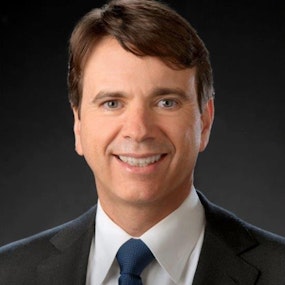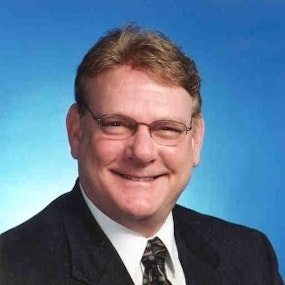ROBERT JOHNSON:
This is the award-winning Public Health Review Morning Edition for Thursday, September 28, 2023. I'm Robert Johnson. Now, today's news from the Association of State and Territorial Health Officials.
MARCUS PLESCIA:
Please encourage states to keep pushing this forward. While we push for a bigger- what would ultimately be a national solution.
ROBERT JOHNSON:
ASTHO Chief Medical Officer Dr. Marcus Plescia, talking about the FDA's message to states considering bans on tobacco flavorings, including menthol.
MARCUS PLESCIA:
Luckily, the FDA is doing a lot of work on this issue at the federal level. But you know, the concern is that it takes a while for the FDA process to move. And we know that there will be legal challenges from the tobacco industry. So it's very important right now for states to move some of this stuff forward, some of these kinds of regulations forward. Certainly we can show some progress, which is good for the public's health
ROBERT JOHNSON:
Plescia says work happening in states like Massachusetts, Maine, and Washington produces valuable lessons, whether or not proposals are successful.
MARCUS PLESCIA:
We learn you know, how's the industry going to come back and try to water down these laws and change them.
ROBERT JOHNSON:
He says lately, tobacco companies have tried to change the debate.
MARCUS PLESCIA:
You know, there's been an attempt by the industry, the tobacco industry to almost turn this around and make it seem as if these policies are racist, or we're keeping people of color from having access to a product that they like. And you know, in fact, it's the complete opposite.
ROBERT JOHNSON:
On Monday, Plescia gives public health leaders three talking points they can use to counter industry arguments against a menthol flavor ban. That's coming your way at 5:00 a.m. Eastern time on October 2. Plescia also has a blog article online right now. You can get the link in the show notes.
Outbreaks of foodborne illness can impact public confidence in the food chain. The Conference for Food Protection is among those working to maintain trust by engaging all parties with a role to play in food safety. Dr. David McSwane is the organization's Executive Director.
DAVID MCSWANE:
CFP is probably or at least is widely recognized as being the single organization that has the most profound influence on the FDA Food ... During a CFP Bi-Annual Meeting, issues are submitted by both CFP committees and other sources and they are assigned to and vetted by one of our three CMP councils. Council one deals with laws and regulations, council two deals with education, certification and administration, and council three deals with science and technology.
ROBERT JOHNSON:
He says CFP and the National Association of County and City Health Officials are working together to research and evaluate retail program standards networks across the country.
DAVID MCSWANE:
CFP and NACCHO are going to be evaluating the successes of the retail program standards networks in two ways. One is to determine the improvement into conformance with program standards by the individual jurisdictions that are participating in the network. Also, we are measuring the effect that enrollment in a network has on those jurisdictions' abilities to conform with the program standards.
ROBERT JOHNSON:
McSwane add CFP wants to help create networks in places where they don't currently exist.
DAVID MCSWANE:
What we're doing is in addition to trying to promote the concept of the value of the networks, we're trying to create new networks in states where they don't currently exist with. Again, the ultimate goal of trying to achieve greater conformance with the retail program standards by the jurisdictions that are participants in each network.
ROBERT JOHNSON:
Read the evaluation of existing retail program standards networks using the link in the show notes.
Also today, knowing how everyday surroundings impact people can be key to improving their health outcomes and the health outcomes of their communities. A new ASTHO blog article examines the approach. It includes an infographic to illustrate these primary prevention concepts. Look for the link in the show notes.
Finally, this morning, another ASTHO infographic offers seven exercises health agencies can use to prepare for emergencies. You can find that link in the show notes as well.
We'd also like to remind you to follow this newscast on your podcast player and ASTHO on social media. We're on LinkedIn, Twitter, and Facebook.
That'll do it for today. We're back tomorrow morning with more ASTHO news and information. I'm Robert Johnson. You're listening to the award-winning Public Health Review Morning Edition. Have a great day.






